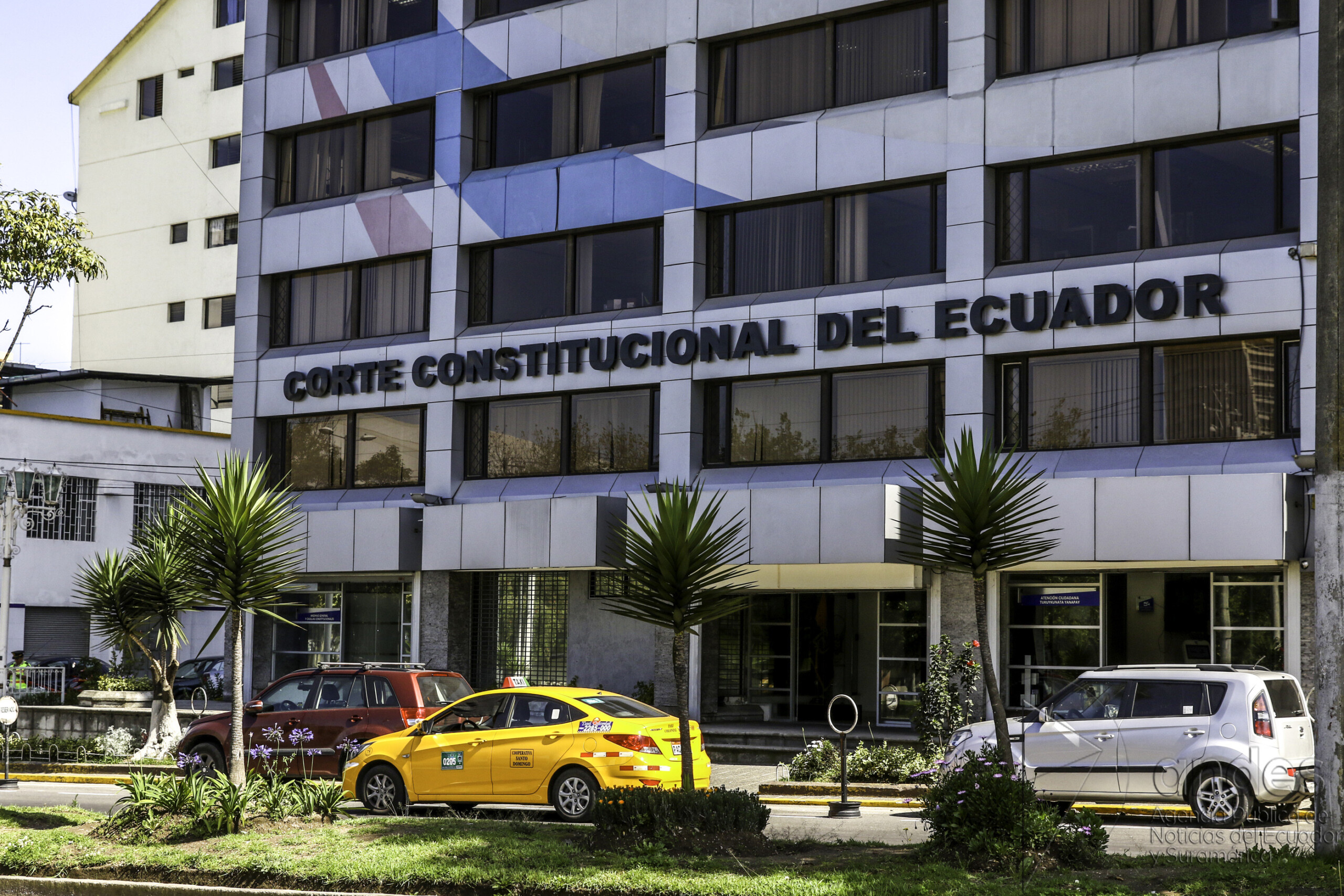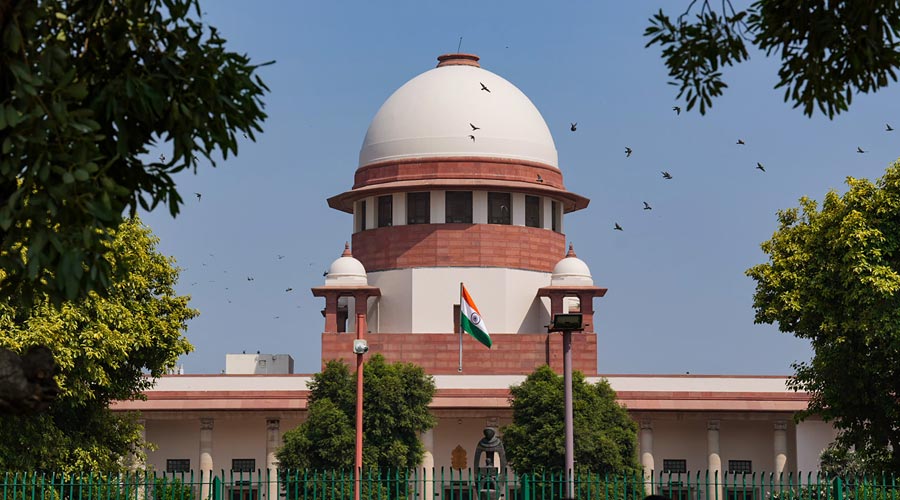Summary
Article II, Section 3 of the Constitution of the State of Montana — located in the northwestern portion of the United States — declares that all Montanans have “the right to a clean and healthful environment.” Article IX, Section 1 likewise imposes an affirmative obligation on the State of Montana to “maintain and improve a clean and healthful environment in Montana for present and future generations,” whereby the State’s legislature “shall provide for the administration and enforcement of this duty” and “provide adequate remedies to prevent unreasonable depletion and degradation of natural resources.”
As part of that constitutional obligation, the Montana legislature passed the Montana Environmental Policy Act (MEPA), requiring the State to conduct environmental reviews prior to permitting the extraction and consumption of fossil fuels. However, in 2011, and again in 2023, the legislature amended MEPA to significantly limit the State’s ability to do so. Resulting from this amendment — called the “MEPA Limitation” — Montana agencies stopped analyzing GHG emissions resulting from the use of fossil fuels, even though they were doing so before the law was passed. In 2023, the legislature also added a provision to MEPA – called the Judicial Prohibition – that prohibits courts from stopping fossil fuel projects even when there is a MEPA violation.
In 2020, 16 young Montanans sued the State of Montana, its Governor, the Montana Department of Environmental Quality, Department of Natural Resources & Conservation, Public Service Commission, and Department of Transportation (collectively, the “State” or “Montana”). Plaintiffs sought a declaration that would find the MEPA Limitation and Judicial Prohibition unconstitutional and sought to enjoin the State from implementing the laws.
After discovery, Held v. Montana progressed to the first climate trial in United States history. There, a Montana District Court found that the Montana Constitution includes a stable climate system in its right to a clean and healthful environment, that the plaintiffs had “standing” to bring the case, and that the MEPA limitation was unconstitutional. The Montana Supreme Court, in a 6-1 decision, affirmed in full.
In affirming, the Montana Supreme Court began their analysis by discussing the intent of the Framers of Montana’s Constitution — specifically, the intent behind Article II, Section 3 and Article IX, Section 1. The Court held that Montana’s Framers intended the “right to a clean and healthful environment” to be anticipatory, all-encompassing, preventive, and provide the strongest protection of any constitution in the United States. In fact, it was their intent to adopt the strongest language possible; Montana constitutional delegates wanted Article II, Section 3 and Article IX to “permit no degradation from the present environment.” One delegate even said that merely maintaining a “survivable environment” would mean they had “lost the battle.”
The Supreme Court rejected the State’s argument that the Framers could not have intended to include global climate change within the right to a clean and healthful environment because it was not discussed in specificity. Chief Justice McGrath, who authored the majority opinion, reasoned that the Framers were not required to “specifically envision[] an issue for it to be included in the rights enshrined in the Montana Constitution.” Because the provisions were forward-looking and preventive, the Framers were not required to specifically discuss every environmental harm for the Montana Constitution to protect it. Accordingly, the Court incorporated protections against climate change into Plaintiffs’ constitutional right to a clean and healthful environment.
In the U.S., Plaintiffs must present a justiciable case and met the requirements of case-or-controversy standing – including injury, causation, and redressability. The Supreme Court found that they did so. Importantly, as to the issue of causation, the Supreme Court rejected the State’s arguments that Montana was not responsible for Plaintiffs’ injuries and held that the state has a constitutional obligation to do its part to stop its contributions to climate change, regardless of what other governments do.
Because Plaintiffs had standing and the MEPA Limitation implicated the fundamental right to a clean and healthful environment, the Court held that “strict scrutiny” applied to an analysis of the MEPA Limitation. In Montana, strict scrutiny required the State to prove that the MEPA Limitation was narrowly tailored to a compelling state interest and constituted the “least onerous path” to achieve the State’s objectives.
The State argued on appeal that it had a compelling interest in “balancing property rights with the right to live in a clean and healthful environment.” However, it presented no evidence at trial that it had a compelling interest in defending the statutes or how the statutes protected property rights. Even if this interest rose to the level of “compelling,” the Court held that Montana failed to prove the MEPA Limitation was narrowly tailored to its interest. According to the Supreme Court, “[t]he MEPA Limitation arbitrarily exclude[d] all activities from review of cumulative or secondary impacts from GHG emissions without regard to the nature or volume of the emissions absent a requirement by federal law.” Accordingly, the MEPA Limitation failed strict scrutiny and was unconstitutional, and Montana was permanently enjoined from acting in accordance with the statute. The State did not appeal the ruling that the Judicial Limitation was unconstitutional and therefore, that part of the District Court’s order was affirmed and Montana is permanently enjoined from implementing that law too.



